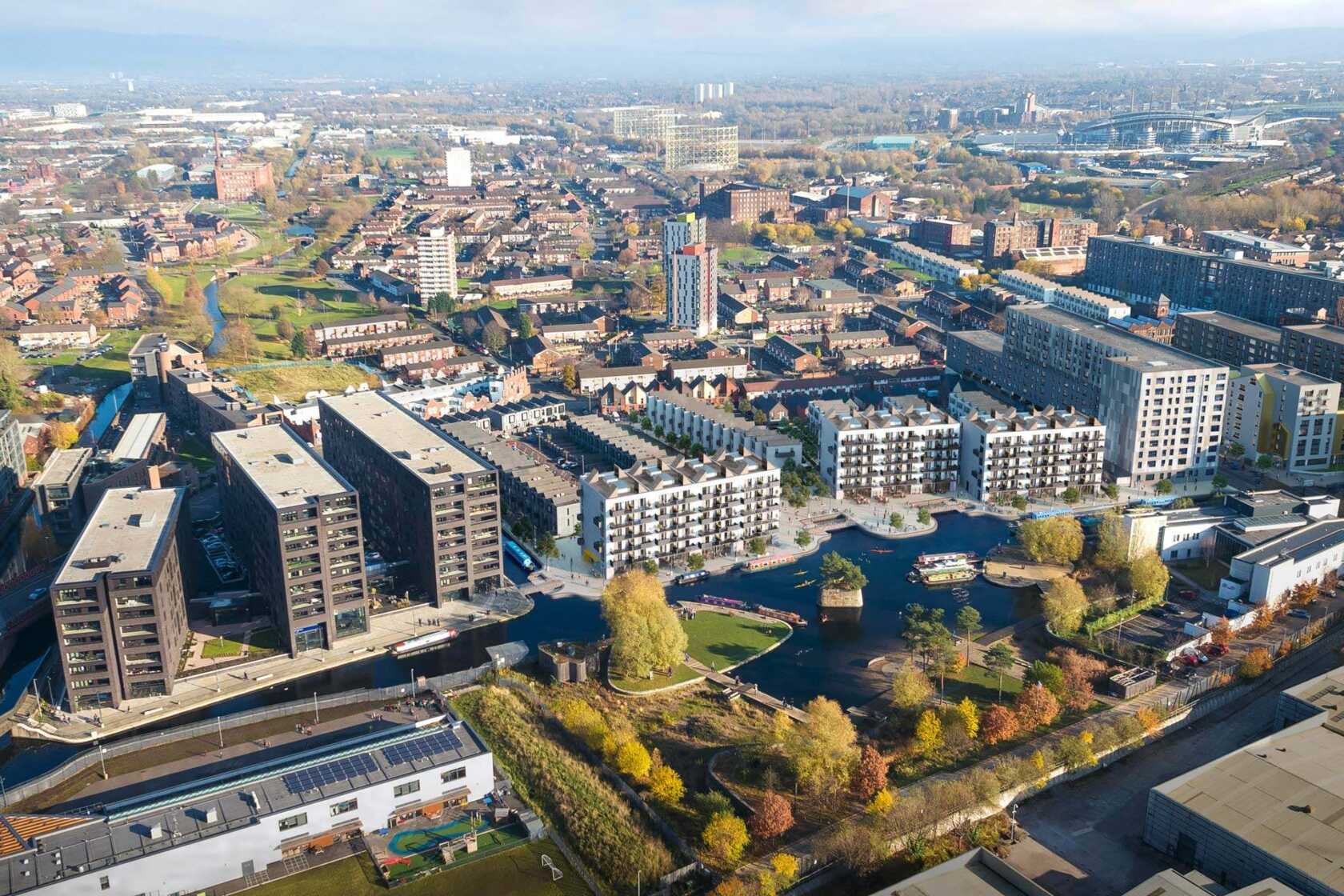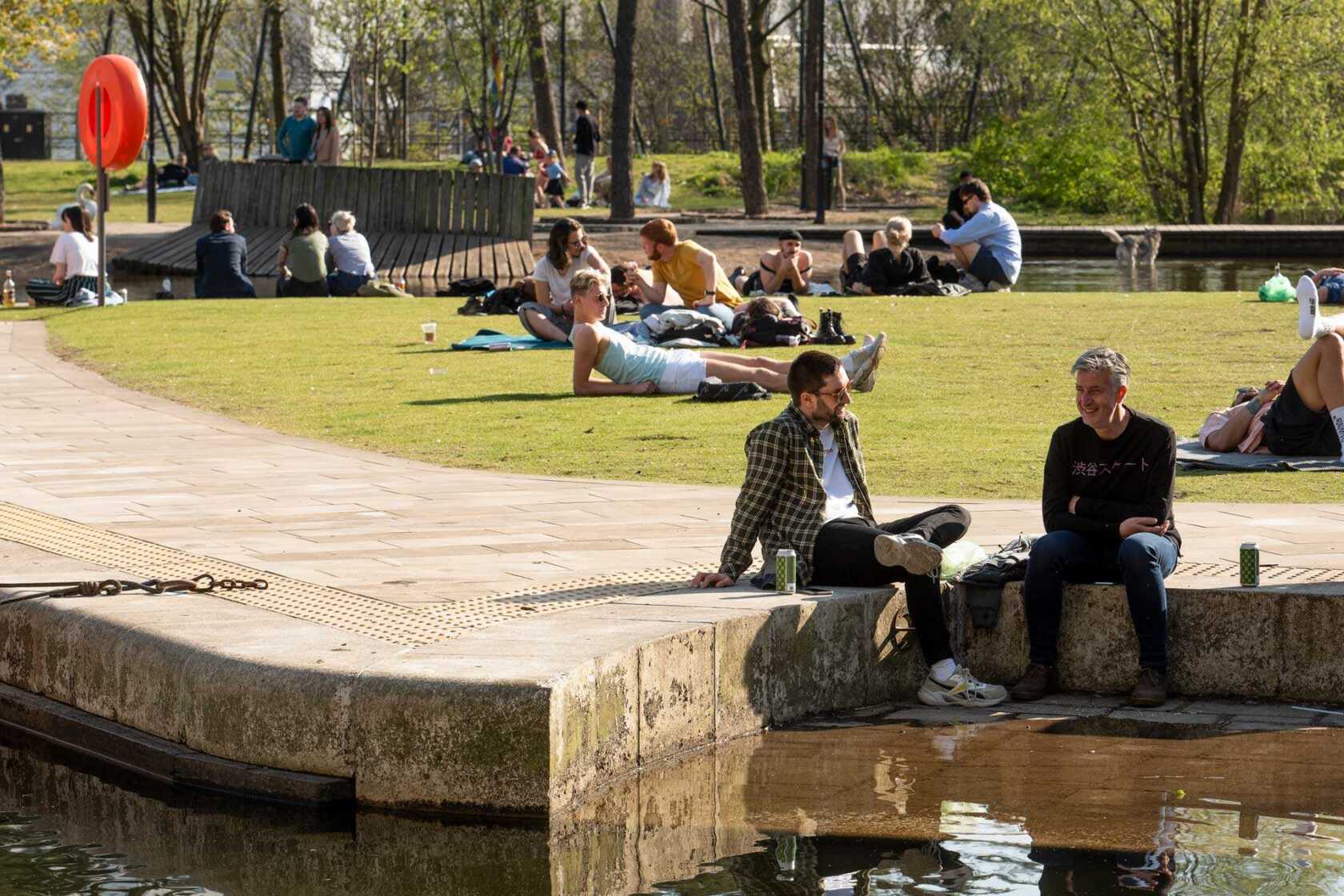Creating better places is in the Urban Splash ethos
Andreas Markides is Chair of the Academy of Urbanism (AoU), an organisation dedicated to promoting the importance of urbanism and its impact on our health and happiness.
Next month, the AoU heads to Manchester for a conference spotlighting the future of urbanism through the lens of one of the UK’s leading cities. Sponsored by organisations like Urban Splash, the event reflects shared values between us and the AoU.
In this article, Andreas delves into the role of regeneration firms like Urban Splash in creating vibrant communities and defines the key principles of successful placemaking.
We all know what makes a good place – or rather, we all recognise a good place when we see one. It’s those sun-drenched Italian squares, full of bustle, small pools of people conversing loudly and groups of children playing football. It’s also those north European neighbourhoods neat and orderly with lots of beautiful landscaping (and the odd orchard thrown in the mix) and cyclists dominating the streetscape.
We all rejoice in such places and many of us want to copy them. We write whole essays about them trying to teach each other about what appears to be an elusive art of placemaking. The concept originated in the 1960s when writers such as Jane Jacobs offered ground-breaking ideas about designing cities that catered to people, not just cars and shopping centres.

Other people soon followed including Jan Gehl who proclaimed: “First life, then spaces, then buildings – the other way round never works’’; not forgetting Aristotle of course who, several thousand years ago stated; ‘’A city should be built to give its inhabitants security and happiness.’’
As placemakers we have to ask how we can achieve better places, better communities and better living – we mustconsider what ingredients are essential to successful placemaking.
I know that creating better places is a big part of the Urban Splash ethos – something encapsulated in an article in The Times which praised the company’s regeneration at New Islington in Manchester – turning it into one of the best places to live in the UK. I couldn’t agree more, New Islington is a proper neighbourhood with homes, workspaces, a marina and shops; it’s rich in green spaces and beautiful architecture. When I visited the area last month I immediately fell in love; if I was living in Manchester it would be here.

A formula for placemaking
For me, the creation of a successful place like New Islington requires many things. Firstly, inspirational leadership which requires courage and someone prepared to lift their head above the parapet in order to do what is right.
Secondly, time. Nothing can be achieved overnight, creating places requires patience and a long-term strategy with different pieces falling in place on the way – something Urban Splash has committed to across its portfolio.
An integrated approach is also required which means architects, planners, engineers and economists working together. A significant obstacle to that is the existing compartmentalisation of professions and it’s high time that built environment disciplines emerge from their silos and work collegiately as a team. This would spark various (and surprising) ideas which would undoubtedly deliver a project which has been considered from any number of different perspectives.

Next, partnerships between stakeholders will provide focus and momentum to any project. Partnerships should be created at different levels from grassroots (engaging meaningfully with the people that will be using and living in that space) all the way up the hierarchy to different government departments, institutions, funders and developers.
Another area to consider is cars – it’s a bit of an elephant in the room because everything that we build is predicated on the requirements of the car. Thankfully this dependency is now being questioned and councils are providing more cycle lanes and better bus provision helping us to tame this beast that we all love.

This is my take on the recipe for successful placemaking, though I’m sure there's always more to add. My approach may falter when considering the countless places that have evolved organically, almost on their own. However, organisations like Urban Splash and the AoU can play a crucial role in facilitating good placemaking by designing spaces with people, for people.
By collaborating and sharing best practices at our upcoming conference, we can continue to refine our efforts and create better more inclusive places for everyone.
Urban Splash Newsplash
Want to be kept in the loop about all things Urban Splash? Then sign up for Newsplash!
Our monthly news round-up with the latest and freshest news on property development, place-making, housing, architecture, events and careers sent straight to your inbox.


